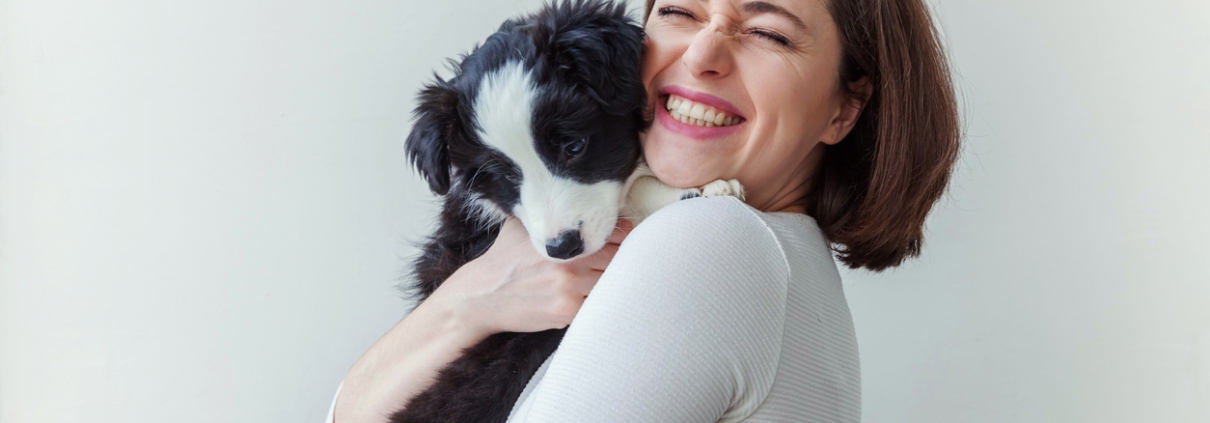Canine Teeth
The third tooth in the mouth is the tallest and most stable tooth and is sometimes called the arch of the tooth.
It is also called the canine tooth, because it is very tall in carnivorous animals, such as dogs whom the tooth is named after, and is used to tear meat and as a means of defense. In humans, the main force in lateral movements of the jaw is applied to this tooth, and due to having a long root and strong bone around it, it withstands these forces and protects other teeth. It also plays an important role in supporting the lips in the maxilla and prevents sagging lips.
Because permanent incisors in the maxilla are usually the last teeth to erupt instead of deciduous teeth, if for any reason, such as the loss of deciduous teeth before the eruption of permanent teeth (due to decay or impact) or the size of the permanent teeth relative to The size of the jaw, there is not enough space for it to grow, it goes out of the dental arch and may even lead to its occlusion. Sometimes, despite having enough space, this tooth grows in the wrong direction, which can cause damage to the root of the front tooth (tooth number 2).
The age of growth of this tooth in the maxilla is about 11 to 12 years old and in the mandible at 9 to 10 years old. Therefore, if the maxillary sting in a 14-year-old person has not yet grown or after growing on one side and after 6 months there is no trace of the opposite sting, you should see a dentist and preferably an orthodontist.
Under almost no circumstances should this tooth be extracted. As much as possible, orthodontic treatment tries to put it in the right place, because no tooth can replace it. If there is not enough space to arrange it, the number 4 tooth on the back is usually extracted. In some cases, despite attempts to remove it by orthodontic treatment due to its very poor position in the jaw or its jaw, it should be pulled and if it is hidden, it should never be left in the jaw because it may cause cysts and in rare cases, a tumor.

